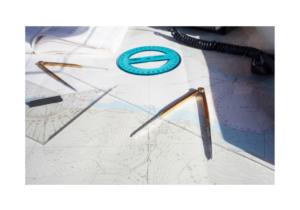Jul 20, 2021An Overview of the Chart of Accounts
A chart of accounts is a list of every account in a business that shows up on the balance sheet or income statement. A chart of accounts will generally include four types of accounts: asset accounts, liability accounts, income accounts, and expense accounts.
Within each of these four categories, line items will distinguish separate accounts. Each account will have line items associated with transactions in the accounts.
At its core, the role of accounting is to keep a business organized in a way that helps decision makers understand key financials and make decisions. Since the chart of accounts is the framework of organization for each transaction that occurs, a messy chart of accounts can sabotage business operations.
Asset accounts
Asset accounts encompass anything that has inherent value. Buildings, land, vehicles, machinery, and inventory are all asset accounts. Although we wish that asset accounts could be in pristine shape, in reality, they are some of the more complex accounts to track. Asset accounts track not only what you paid for the asset, but also depreciation.
Asset accounts also include liquid cash, such as checking accounts and other bank accounts. Additional asset accounts would include accounts receivable and notes receivable. As a general rule of thumb, anything that could be turned into cash quickly is an asset. Having a clean chart of accounts for all your company’s assets is critical to be able to understand the current position of the company.
Liability accounts
Liability accounts include any outstanding payment or debt you owe as a company. This includes loans, mortgages, payables, payroll taxes, unpaid credit card balances, and bills.
When accounting for loans in the chart of accounts, be sure to only include the principal of the loan. You will generally mark the interest paid as an expense, and the principal paid as a reduction in liability.
Expense accounts
Expense accounts include amounts of money that the company has spent. This allows you to keep track of cash that you no longer have. It’s a good idea when dealing with expense accounts to divide out expenses into separate accounts. For example, distinguish expenses between different vendors. Many online platforms will do this for you automatically, so be sure to pick a platform with exceptional vendor tracking.
How do I keep everything organized?
The million dollar question. Many accounting systems come with a pre-set chart of accounts, but you’ll need to customize the chart to fit your needs. When setting up your line items for the first time, keep it simple. Use simple language and just enough accounts to keep track of the essentials. As the business becomes more complex, you’ll be tempted to add a new account for each transaction. However, this approach can cause a complicated mess of accounts and line items, which can take a substantial amount of time to untangle.
Use high quality software
As your business grows, you’ll need accurate, intuitive software to ensure accurate and timely reporting. Look for software with great inventory and vendor management systems as well as a sophisticated payables and receivables system.
With online software, you’ll be able to keep a clean, accurate chart of accounts to ensure pristine financials at every stage of your business.









